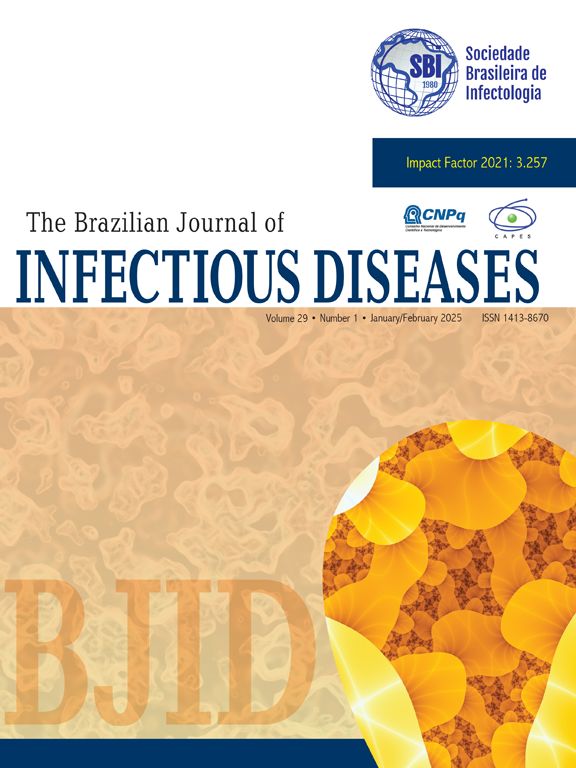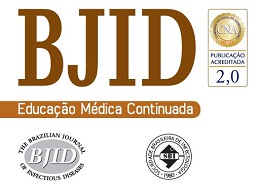In the present study we used two groups of Candida dubliniensis strains: one containing fluconazole-susceptible clinical isolates and another containing fluconazole-resistant laboratory derivative from the former to examine the changes on susceptibility accompanying the development of resistance to fluconazole. Our findings confirmed the ability of C. dubliniensis isolates to become resistant to fluconazole and indicated that this resistance was crossed with ketoconazole, itraconazole, ravuconazole and terbinafine. We also tested combinations of terbinafine, amphotericin B, itraconazole and voriconazole against both groups of isolates in a checkerboard assay. Surprisingly, most combinations evidenced indifferent interactions, and the best synergism appeared when terbinafine and itraconazole were combined against the fluconazole-resistant group.
The Impact Factor measures the average number of citations received in a particular year by papers published in the journal during the two preceding years.
© Clarivate Analytics, Journal Citation Reports 2025
SRJ is a prestige metric based on the idea that not all citations are the same. SJR uses a similar algorithm as the Google page rank; it provides a quantitative and qualitative measure of the journal's impact.
See moreSNIP measures contextual citation impact by wighting citations based on the total number of citations in a subject field.
See more



